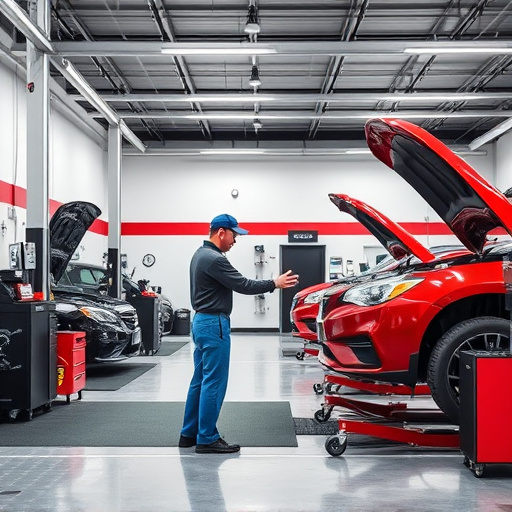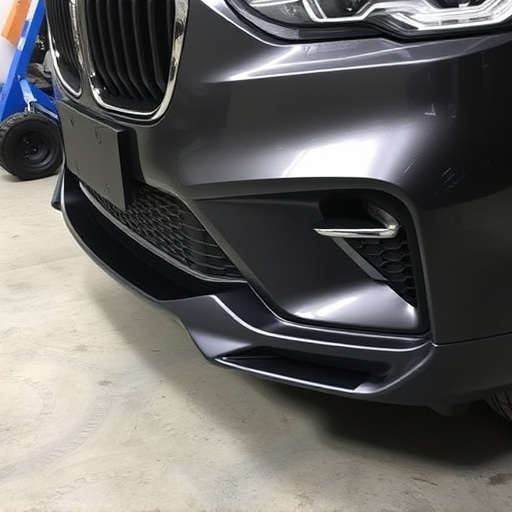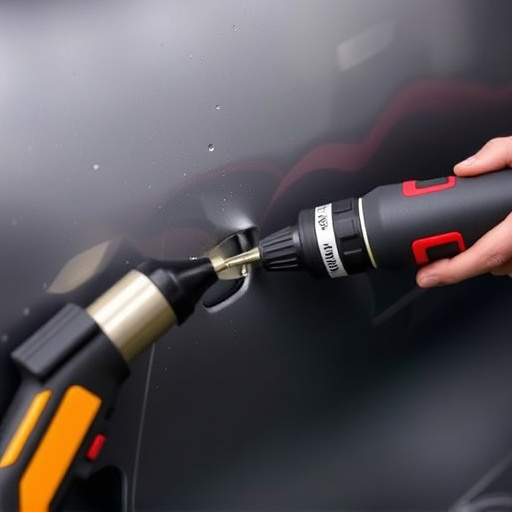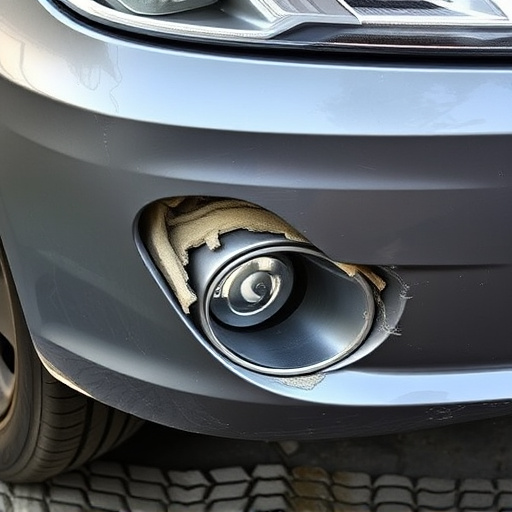Clear communication through digital platforms and detailed estimates enhance customer satisfaction in car repairs, as seen in two case studies. In today's competitive market, repair expectations management (REM) is crucial for businesses to improve client retention and loyalty, revolutionizing service experiences from dent removal to complex body repairs. REM boosts trust, reduces inquiries about hidden costs, and fosters positive relationships, demonstrating its vital role in achieving outstanding automotive care.
In today’s competitive service landscape, effective repair expectations management (REM) is a game-changer. This article delves into the power of setting and communicating realistic repair expectations, drawing from real-world examples and compelling case studies. We explore how clear communication enhances customer satisfaction, and present success stories that demonstrate the transformative impact of REM on service experiences. By understanding these strategies, businesses can navigate their customers’ journey more effectively.
- Real-World Examples of Effective Repair Expectation Management
- Case Studies: Enhancing Customer Satisfaction Through Clear Communication
- Success Stories: How REM Transformed Service Experiences
Real-World Examples of Effective Repair Expectation Management

In the realm of repair expectations management, real-world examples highlight the significant impact of setting and maintaining clear communication with customers. One notable success story involves a leading car repair shop that faced challenges with customers’ dissatisfaction due to prolonged wait times and unexpected costs. The shop implemented a digital platform to provide customers with real-time updates on their car damage repair processes. This transparent approach, coupled with accurate estimates and timely notifications, significantly improved customer satisfaction.
Additionally, a case study on dent repair services demonstrates the power of clear expectations. A local dent repair service provider started offering detailed quotes and step-by-step communication about the repair process. By doing so, they not only increased customer trust but also reduced inquiries related to hidden costs. This secondary SEO keyword—car repair shop—represents a crucial aspect where effective repair expectations management translates into higher customer retention and positive reviews, ensuring long-term success in a competitive market.
Case Studies: Enhancing Customer Satisfaction Through Clear Communication

In today’s competitive market, enhancing customer satisfaction is paramount for any business, especially within the automotive industry where repairs and maintenance are frequent touchpoints. Repair expectations management plays a pivotal role in this process. Through effective case studies, we’ve witnessed remarkable transformations in how workshops and service centers approach customer interactions.
One prominent example involves a local automotive repair shop that struggled with managing client expectations, particularly for complex procedures like fender repairs or car scratch removal. They implemented a clear communication strategy, keeping customers informed at every stage. This involved providing upfront quotes, explaining the repair process in simple terms, and setting realistic timelines. As a result, customer satisfaction scores soared, and the business gained a reputation for transparency. This success story highlights how simple yet powerful tools like detailed estimates and open dialogue can significantly impact client retention and loyalty, demonstrating the effectiveness of repair expectations management in fostering positive relationships.
Success Stories: How REM Transformed Service Experiences

In today’s competitive market, where customer satisfaction is paramount, repair expectations management (REM) has emerged as a game-changer in transforming service experiences. Many automotive businesses have witnessed remarkable success by implementing REM strategies, ensuring clients receive exceptional care for their vehicles, from minor repairs like car dent removal to complex vehicle body repair. For instance, consider a leading auto shop that struggled with inconsistent service quality, leading to frustrated customers and dwindling business. They adopted a structured REM approach, setting clear communication channels and providing realistic timelines for various services, including hail damage repair.
This proactive strategy not only improved internal processes but also elevated customer satisfaction levels. Clients appreciated the transparent updates and accurate estimates, fostering trust and loyalty. As a result, the shop experienced a significant surge in repeat business and positive reviews, becoming a shining example of how REM can revolutionize service industries. Through successful case studies like these, it’s evident that implementing effective repair expectations management techniques is key to achieving outstanding customer experiences in automotive care, including car dent removal and vehicle body repair services.
In conclusion, repair expectations management (REM) is a powerful tool for enhancing customer satisfaction and transforming service experiences. By implementing strategies from real-world examples, case studies, and success stories, businesses can effectively communicate repair timelines, provide transparent updates, and exceed customer expectations. Embracing REM not only improves operational efficiency but also fosters stronger relationships with clients, ultimately driving business growth and success.













